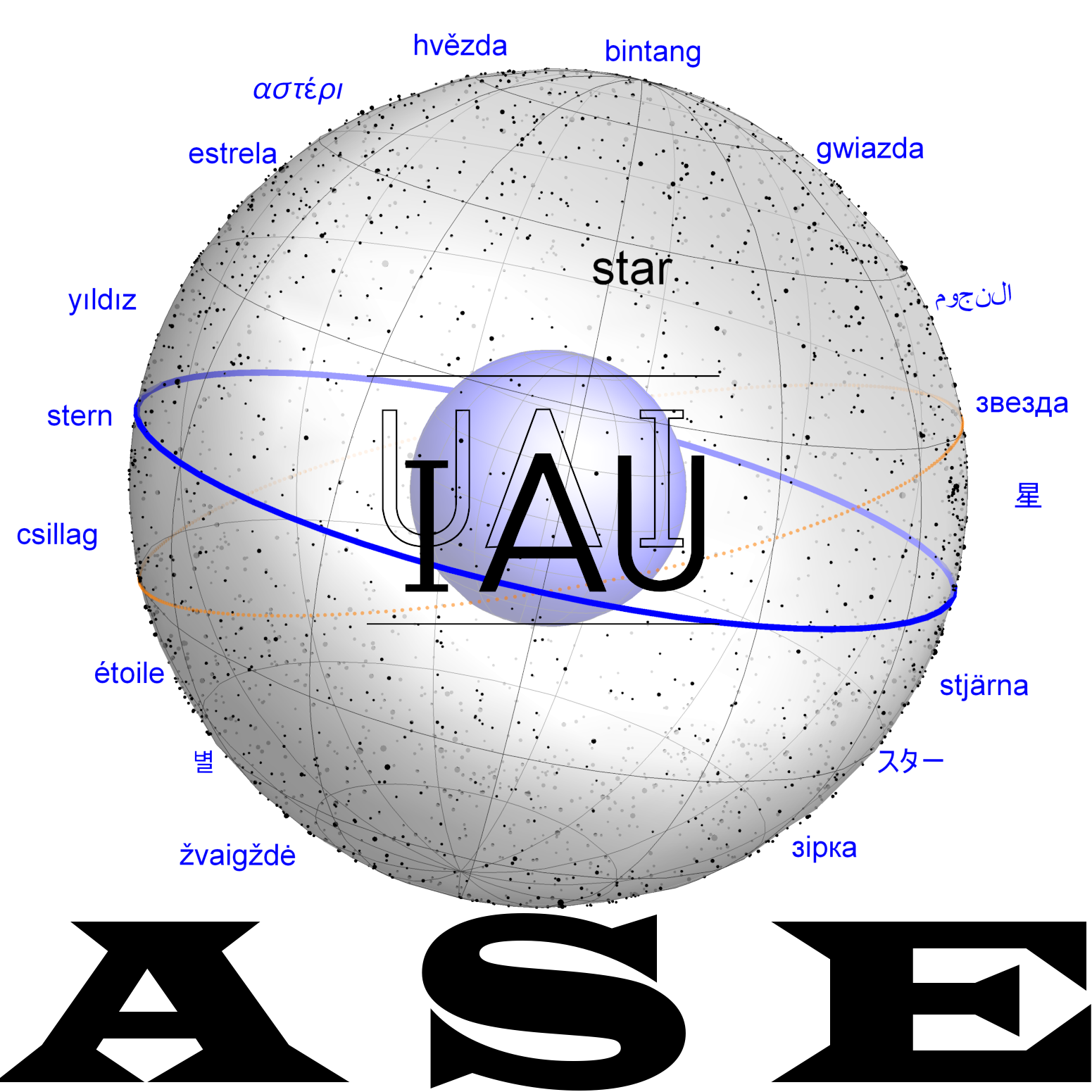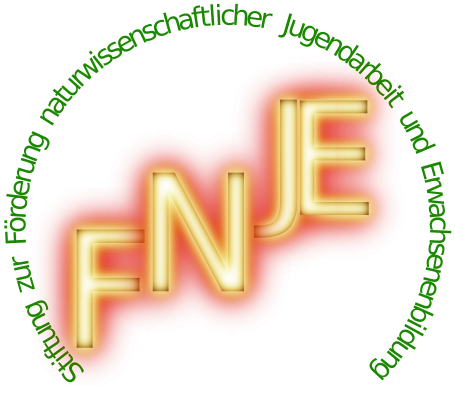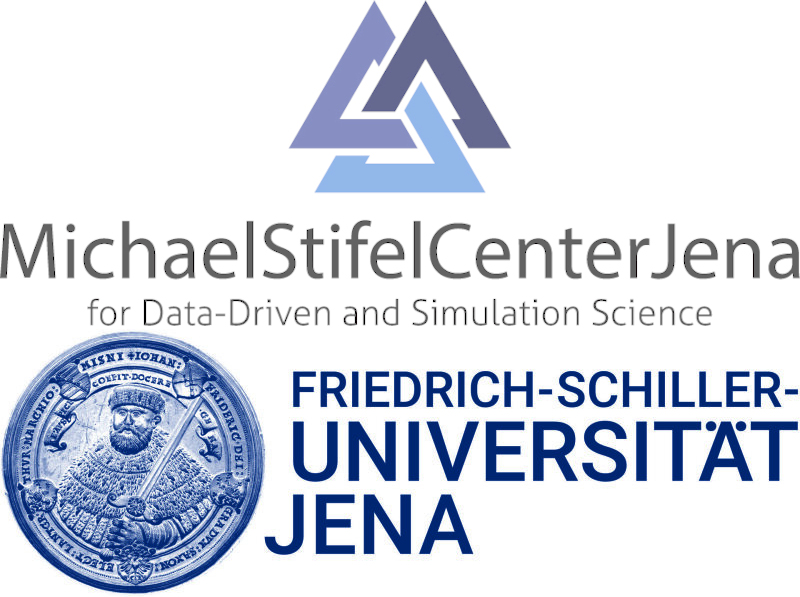NIN.GIŠ.ZI.DA: Difference between revisions
From All Skies Encyclopaedia
NIN.GIŠ.ZI.DA
No edit summary |
(Redirected page to mul (d)MUŠ) Tags: New redirect Visual edit: Switched |
||
| (4 intermediate revisions by 2 users not shown) | |||
| Line 1: | Line 1: | ||
#REDIRECT[[MUŠ]] |
|||
<sup>d</sup>NIN.GIŠ.ZI.DA is an ancient Mesopotamian asterism. |
|||
==Dictionary== |
|||
=== Krebernik (2023) === |
|||
'''Ninĝišzida.''' Chthonic god, son of Ninazu; associated with a dragon, vegetation, beer/wine. <sup>d</sup>Nin-ĝiš-zi-da (AN 13r). |
|||
=== Kurtik with Hilder, Hoffmann, Horowitz, Kim === |
|||
Lit. "Lord of the true (or: reliable) tree" or "Lord who makes the tree right" [Wiggermann 2000, 368]; deity of the constellation <sup>mul</sup>MUŠ, the prototype of the Greek Hydra (Hydra) (see m43). |
|||
{| class="wikitable" |
|||
|+ |
|||
!Sources |
|||
!Identifications |
|||
|- |
|||
|'''"Prayers to the Gods of the Night."''' |
|||
(1) Hittite prayer: <sup>mul d</sup>Nin-ki-zi-da [KUB IV, 47 r. 43; BPO 2, 2:4; Van der Toorn 1985, 129:43]. (2) Neo-Assyrian prayer: [<sup>mul d</sup>NIN.GIŠ].ZI.DA [Oppenheim 1959, 282:10]. |
|||
| |
|||
|- |
|||
|'''"Three Stars Each (Astroabes)."''' |
|||
Astrolabe B. List (12´3): mul ša egir-šu(bi) gub-[zu] / <sup>d</sup>muš <<nowiki><u>> </nowiki><sup>d</sup>Nin-giš-z[i-da] "The constellation which stands behind it (i.e. behind mulA-nu-ni-tu4): the Serpent, Ningishz[ida]" [KAV 218, B iii 6-7; Horowitz 2014, 39, 116]. |
|||
| |
|||
|- |
|||
|'''MUL.APIN.''' |
|||
The stars of Anu (no. 13): <sup>mul d</sup>MUŠ <sup>d</sup>Nin-giš-zi-da EN er-ṣe-tu<sub>4</sub> "Snake, Ningishzida, lord of the underworld" (I ii 8) [MA, 32], for a parallel see. [ACh Suppl. 2, 67:16]. |
|||
| |
|||
|} |
|||
=== Additional === |
|||
'''II. Deity.''' |
|||
Chthonic deity of Sumerian origin, son of Ninazu, god of the underworld, one of the guardians of the heavenly gates of the god Anu. According to AN:<sup>d</sup>Anum (V 254, 258), he had 2 wives and 3 sisters [Litke 1998, 192]. His symbol was considered to be the horned serpent bašmu, a prototype of the Greek Hydra (see b08), and possibly also Nira [Wiggermann 2001, 574]. As usual, the reasons and specific circumstances for Ningishzida's association with this constellation is unclear. See. [MNM 2, 221; Black-Green 1992, 140, 167; Tallqvist 1938, 406; Van Buren 1934; 1946, 15-16; Wiggermann 1993-1997, 458; 1997, 39-42; 2001, 574]. |
|||
== Historical Dictionaries == |
|||
{| class="wikitable" |
|||
|- |
|||
! scope="col" style="width: 60%;" | Kurtik (2022) |
|||
! scope="col" style="width: 40%;" | Gössmann (1950) |
|||
|- |
|||
| букв. «Владыка истинного (или: надежного) дерева» или «Владыка который делает дерево правильным» [Wiggermann 2000, 368]; божество созвездия <sup>mul</sup>MUŠ, прообраза греческой Гидры (Hydra) (см. m43). |
|||
I. Источники. |
|||
«Молитвы ночным богам». (1) Хеттская молитва: <sup>mul d</sup>Nin-ki-zi-da [KUB IV, 47 r. 43; BPO 2, 2:4; Van der Toorn 1985, 129:43]. (2) Новоассирийская молитва: [<sup>mul d</sup>NIN.GIŠ].ZI.DA [Oppenheim 1959, 282:10]. «Астролябии». Astrolabe B. Список (12´3): mul ša egir-šu(bi) gub-[zu] / <sup>d</sup>muš <<nowiki><u>> </nowiki><sup>d</sup>Nin-giš-z[i-da] «Созвездие, которое позади него (т.е. позади mulA-nu-ni-tu4) стоит: Змея, Нингишз[ида]» [KAV 218, B iii 6–7; Horowitz 2014, 39, 116]. MUL.APIN. Звезды Ану (№ 13): <sup>mul d</sup>MUŠ <sup>d</sup>Nin-giš-zi-da EN er-ṣe-tu<sub>4</sub> «Змея, Нингишзида, господин преисподней» (I ii 8) [MA, 32], параллель см. [ACh Suppl. 2, 67:16]. |
|||
II. Божество. |
|||
Хтоническое божество шумерского происхождение, сын бога преисподней Ниназу, один из стражей небесных врат бога Ану. Согласно AN:<sup>d</sup>Anum (V 254, 258), у него было 2 жены и 3 сестры [Litke 1998, 192]. Его символом считалась рогатая змея bašmu, прообраз греческой Гидры (см. b08), а также, возможно, Нирах [Wiggermann 2001, 574]. Как обычно, неясны причины и конкретные обстоятельства, обусловившие связь Нингишзиды с этим созвездием. См. [МНМ 2, 221; Black–Green 1992, 140, 167; Tallqvist 1938, 406; Van Buren 1934; 1946, 15–16; Wiggermann 1993–1997, 458; 1997, 39–42; 2001, 574]. |
|||
| Example |
|||
|} |
|||
== References == |
|||
* [[References (Babylonian)|Kurtik's references]] |
|||
[[Category:Mesopotamian]] |
[[Category:Mesopotamian]] |
||
Latest revision as of 16:28, 13 October 2025
Redirect to:




